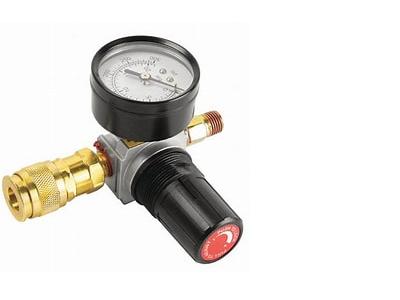
Best Practices for calibration of pneumatic volume regulators in a hospital.
Calibrating pneumatic volume regulators and thermostats in a hospital is a delicate process that ensures the correct and accurate control of airflow, temperature, and humidity. This is essential for maintaining the proper environment for patient care, surgeries, and the storage of sensitive medical supplies. Below is a general guide that outlines the best practices for calibration:
1. Understand the Regulations and Guidelines
- Familiarize yourself with the specific regulations and guidelines in your jurisdiction related to HVAC and calibration in a healthcare environment. Adhere to the standards set by organizations like ASHRAE and ISO.
2. Gather the Necessary Tools and Documentation
- Use calibrated tools that meet the standards for accuracy. Have proper schematics and documentation for the specific equipment you are working on.
3. Inspect and Prepare the Equipment
- Check the regulators and thermostats for any visible damage or wear. Clean the components, if necessary.
4. Shut Down the System or Isolate the Component
- Safety is paramount. Ensure that the system or the specific component is isolated to prevent any accidental injury or interruption to critical systems.
5. Calibrate the Pneumatic Volume Regulators
- Follow the manufacturer’s guidelines for calibration. Adjust the regulators to ensure they are providing the correct airflow. Verify calibration by measuring the output with an accurate and calibrated flow meter.
6. Calibrate the Thermostats
Use a reference thermometer that has been calibrated to standard.
- Adjust the thermostat according to the manufacturer’s guidelines and ensure it’s controlling the temperature accurately. Confirm the thermostat's operation over its entire range.
7. Verify System Integration
- Confirm that all elements are working together correctly. Verify the system against predefined benchmarks.
8. Document the Calibration
- Record all the procedures, adjustments, and results. Documenting the calibration will support compliance with regulatory requirements and aid in future maintenance.
9. Regularly Monitor and Maintain the System
- Regular maintenance and periodic recalibration will ensure that the system continues to function correctly. Set up a regular schedule based on the manufacturer’s recommendations and regulatory requirements. Calibrating pneumatic volume regulators and thermostats in a hospital environment must be done by trained and certified professionals. Any mistakes in calibration can lead to serious consequences for patients and staff. Always consult with a professional or follow the manufacturer’s guidelines and local regulations. If in doubt, consult with a professional HVAC engineer or a calibration expert.




